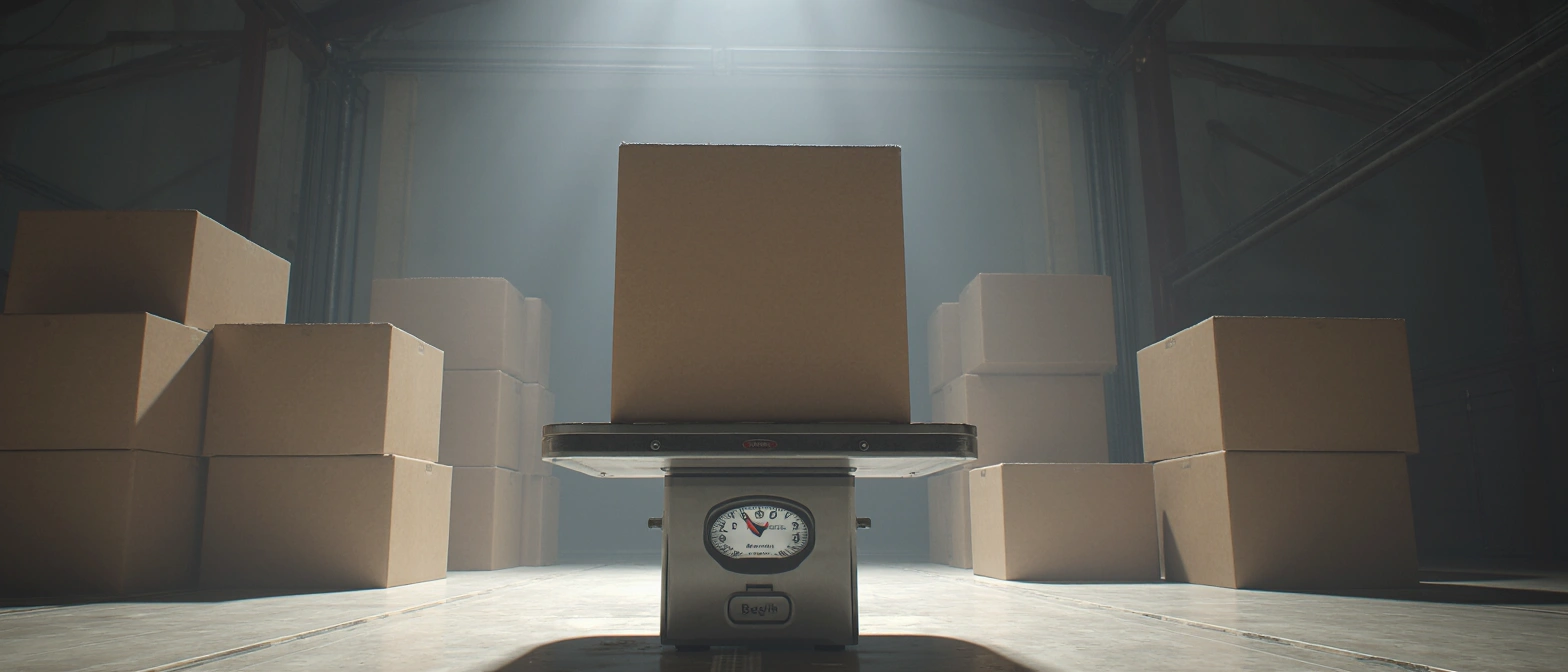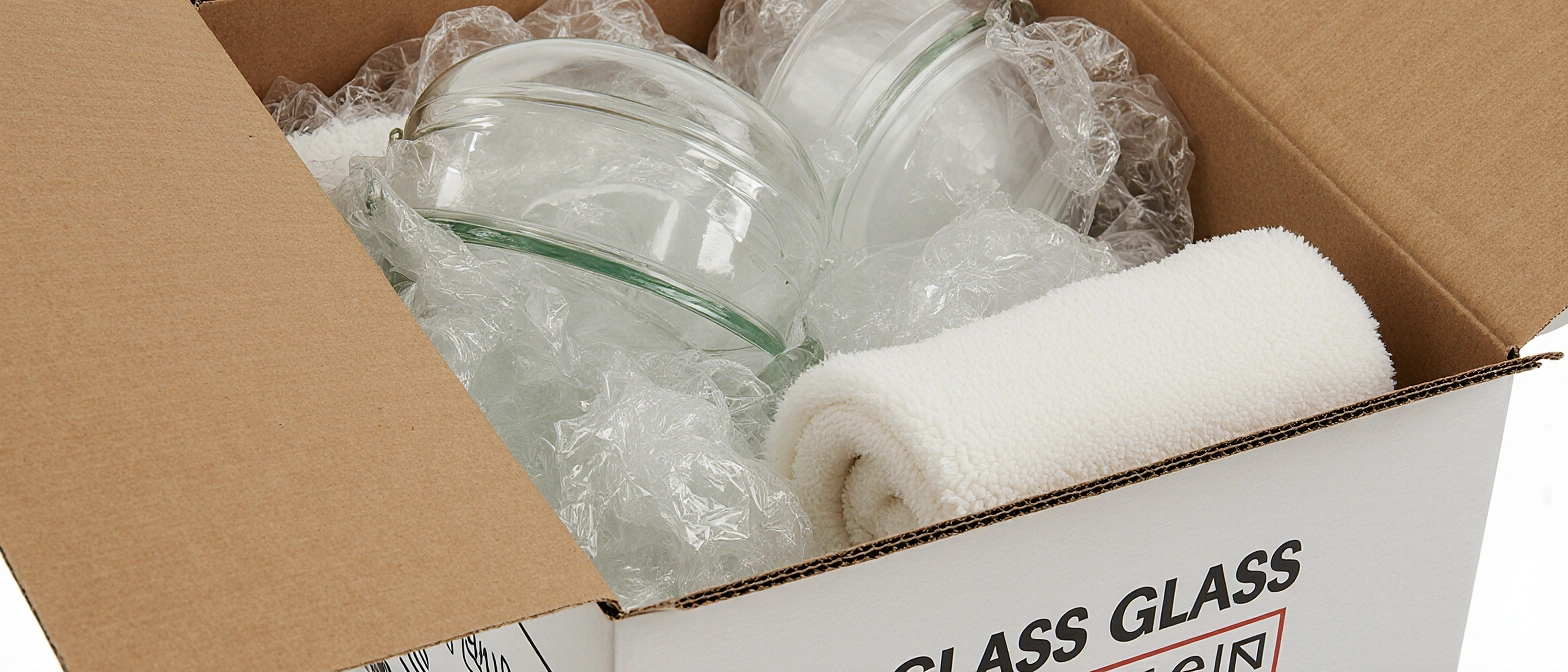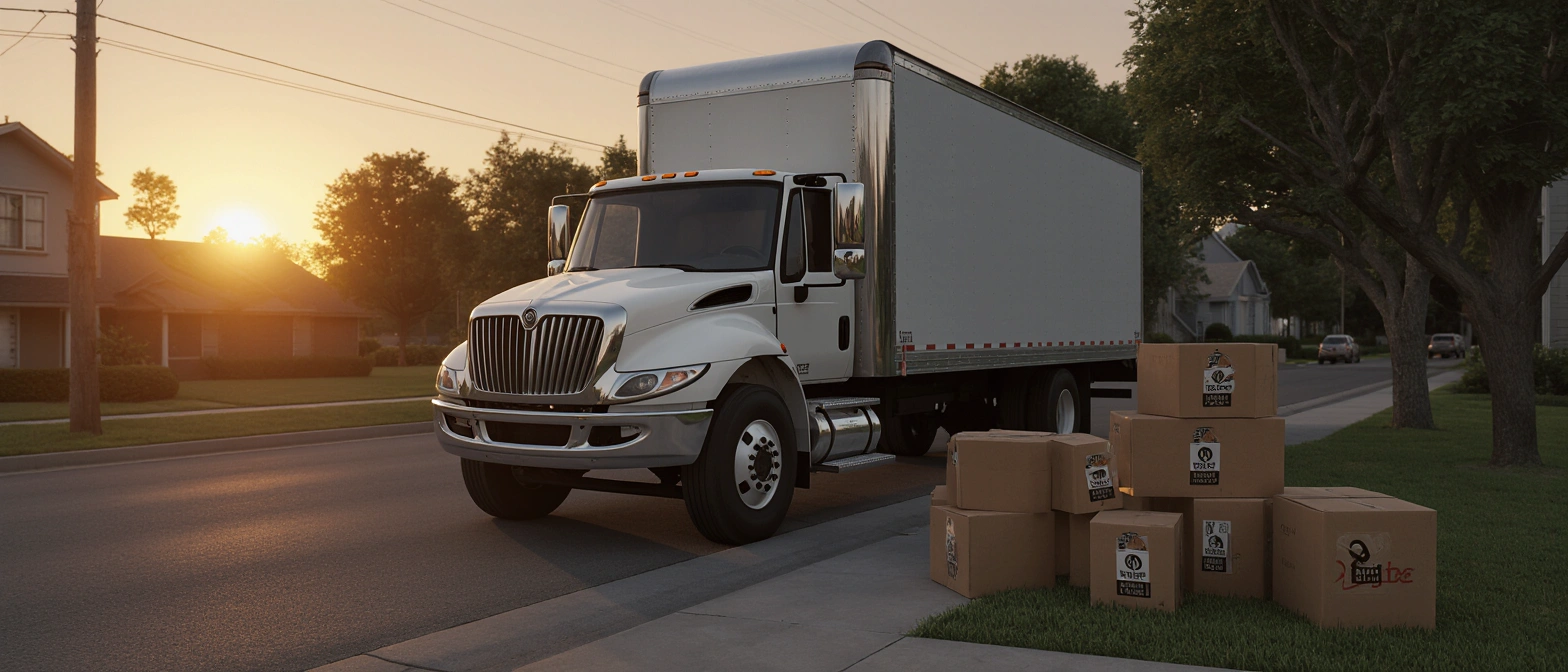Packing for a long-distance move is very different from getting ready for a quick move across town. Your belongings will spend hours or even days on the road, they will be loaded and unloaded, and the truck may drive through different weather and road conditions.
So the real question is not just “How do I fit everything into boxes?”
It is: “How do I pack so that I use space wisely, control weight, and survive the logistics without stress?”
Below is a practical guide to help you pack for a long-distance move in a way that protects your belongings, keeps your budget under control, and makes the whole process feel manageable instead of chaotic.
Think in Categories, Not Just in Boxes
Before you grab the tape and start sealing boxes, it helps to think in categories of use and timing, not just in “stuff”.
Split Your Belongings Into Three Groups
- What can live in the truck for 3–10 days
- This is most of your furniture, decor, books, part of your wardrobe, and non-essential kitchen items.
- What you’ll need in the first 24–72 hours
- Bedding, towels, basic dishes, a few outfits, toiletries, chargers, simple cookware.
- What should never go into the truck
- Passports, IDs, cash, jewelry, important documents, laptops, hard drives, medication, daily-use electronics.
When you sort your things into these three groups from the very beginning, you:
- avoid digging through random boxes your first night;
- reduce the chance of over-packing “just in case”;
- make it much easier for movers to load the truck in a smart way.
Space – Making the Inside of the Truck Work for You
In a long-distance move, space inside the truck is prime real estate. The more efficiently it’s used, the safer and more stable your load will be.

Walk Your Home Like a Planner
Walk through your home with your phone or a notepad and list out:
- big furniture (beds, sofas, wardrobes, desks, bookshelves);
- large appliances (fridge, washer, dryer, big TV);
- awkward items (bikes, tall lamps, plants, sports equipment).
This quick “inventory walk” helps you decide:
- what should be disassembled;
- what takes up lots of space but brings little value;
- what might be cheaper to replace than to move.
Choose the Right Box Sizes
A common mistake is using only large boxes “to fit more stuff”.
In reality, that leads to:
- boxes that are too heavy to lift safely;
- broken or deformed cartons;
- unstable stacking inside the truck.
A better approach:
- Small boxes for books, dishes, tools, and other dense items.
- Medium boxes for clothes, shoes, linens, small appliances.
- Large boxes only for light, bulky things like pillows, blankets, and stuffed toys.
When each box has a predictable weight, loading goes faster, safer, and smoother.
Disassemble Furniture When It Makes Sense
Any furniture that can be safely taken apart and reassembled is almost always better disassembled for a long-distance move:
- remove table and sofa legs;
- break down bed frames;
- take shelves out of wardrobes and pack them separately.
This allows us to:
- use every inch of vertical and horizontal space;
- reduce the risk of scratching walls, doors, and elevators;
- build a more stable “wall” of items inside the truck.
If you don’t want to deal with tools and hardware, we at United Prime Van Lines can handle disassembly and reassembly for you, carefully labeling all pieces and fasteners.
Weight – What Really Impacts the Cost
On a long-distance move, your price is often driven by distance and weight. That means what you choose to bring – or not bring – directly affects your budget.

The Biggest Weight Offenders
The heaviest items in most homes are not clothes or decor, but:
- books, archives, stacks of paper;
- old solid-wood furniture and wall units;
- large appliances and workout equipment;
- tools, metal items, leftover renovation materials.
If you are serious about cutting moving costs, these categories are where you get the most impact.
Move It or Replace It?
For each heavy item, ask yourself:
- Do I actually use this regularly?
- Is it cheaper to move this or to buy something similar at my new place?
- Will I really miss it if it doesn’t come with me?
Often, the honest answer is:
- sell the old wall unit and buy something lighter and more functional later;
- leave the washing machine to the next tenant or owner;
- donate or sell part of your book collection.
We frequently help customers think through this math so they only pay to move what truly matters.
Protection – Packing for the Road, Not Just the Truck
Your belongings won’t just sit still. They’ll experience vibration, bumps, turns, braking, and temperature changes. Good packing is what turns all of that into “no big deal”.

Fragile Items Need an Extra Level of Care
For glass, ceramics, dishes, decor, and collectibles:
- wrap each piece individually;
- fill empty spaces in the box with paper, towels, or soft textiles;
- make sure the box is full enough so nothing can move around.
Label clearly, not just “Fragile”, but:
- “Fragile – Glass – Kitchen”,
- “Fragile – Decor – Living Room”, etc.
That way, everyone handling the box knows exactly what’s inside and how careful to be.
Electronics, Art, and Irreplaceable Items
Laptops, hard drives, framed photos, artwork, family albums — these are “emotionally expensive” items.
- Take the most critical ones with you in your car or carry-on if you’re flying.
- For the rest, use sturdy boxes with extra padding and stable placement inside the truck.
Proper packing for these items is the difference between “everything arrived just fine” and “I wish I had protected that better”.
Logistics – Packing With Reality in Mind
Even the best packing job can be ruined by bad logistics. A long-distance move is always tied to real-world details: dates, access, building rules, and your own travel schedule.

Building Access and Rules
Before moving day, find out:
- how close the truck can park to your entrance or garage;
- whether you need a gate code, parking permit, or building pass;
- if there is a freight elevator and whether it needs to be reserved;
- any time restrictions for moving (quiet hours, loading windows).
If you share this information with us ahead of time, we can plan:
- the right truck size;
- the right crew size;
- realistic loading and unloading times.
That saves everyone time, and time is money on moving day.
Your Trip vs. Your Shipment
Your timeline and the truck’s timeline don’t always match. Sometimes:
- you arrive in the new city before your belongings;
- or the truck arrives before you can be at the new address.
That’s why you should:
- keep a bag or suitcase with everything you need for 2–3 days;
- agree on a delivery window with your movers;
- consider short-term storage if there is a gap between move-out and move-in.
We at United Prime Van Lines can help you coordinate delivery and storage so you’re not stressed about timing.
Your “First Week” Box
One of the most useful tricks for a long-distance move is to pack a dedicated “First Week” box (or suitcase).
Fill it with things that make your new place livable right away:
- bedding and a couple of towels;
- basic dishes and utensils;
- a power strip and chargers;
- toiletries and a small first-aid kit;
- a few easy meals and snacks (coffee, tea, pasta, sauce, nuts, granola bars).
Mark it clearly: “Open First – Essentials” and ask to load it last so it comes off the truck first.

How United Prime Van Lines Can Help
If you want your long-distance move to be:
- smart in terms of space and weight,
- safe for your belongings,
- and predictable in timing and logistics,
we at United Prime Van Lines can step in at any stage.
We can:
- help you decide what makes sense to move and what doesn’t;
- plan your packing strategy around space, weight, and timing;
- provide the right boxes and packing materials;
- professionally pack fragile and valuable items;
- coordinate dates, access, and delivery so everything lines up with your schedule.
Our goal is simple: to turn your long-distance move from a stressful unknown into a clear, well-organized step toward your next chapter.








